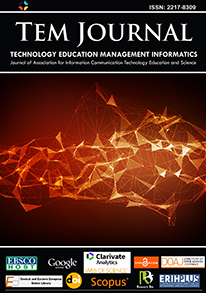Pedicle Screw Bond Strength and Resistance Characteristics With Various Mineral Quality
Pedicle Screw Bond Strength and Resistance Characteristics With Various Mineral Quality
Author(s): Weriono Weriono, Meifal Rusli, Roni Eka Sahputra, Hendery DahlanSubject(s): Health and medicine and law, Welfare services
Published by: UIKTEN - Association for Information Communication Technology Education and Science
Keywords: Pedicle screw; single screw cylindrical; single screw conical screw; double screw cylindrical
Summary/Abstract: Abnormal quality and composition of bone mineral bonds in the spine are found in many patients with cases of idiopathic scoliosis. The data shows that poor bone quality promotes thoracic spine degenerative disc swelling and physiological anomalies. Implants in the form of pedicle screws, rods, and connectors are one of the measures for scoliosis correction. When the pedicle screws are taken out after some use poor bone quality remains. In this study, fixation strength analysis will be carried out through tensile testing of bone joints and pedicle screws with variations in bone quality. Two specimen materials were used for approach analysis: polylactic acid (PLA) and bovine backbone. Pedicle screws are classified into three types: cylindrical, conical with a single thread, and double cylindrical screws. Tensile testing revealed that PLA specimens with pedicle screw variants provided the maximum force of 7.4 N and 8.31 N with double screw cylindrical implants at PLA 70:30 and PLA 40:60. A comparison of PLA specimens with a series of cylindrical screws to double-screw cylindrical screws yielded a displacement increase of 79.6%, whereas conical screws yielded a displacement increase of 222.3%. Fixation with double-screw cylindrical screws greatly increases tensile strength. However, the conical pedicle screw model with connecting rods gives greater fixation strength.
Journal: TEM Journal
- Issue Year: 13/2024
- Issue No: 1
- Page Range: 809-817
- Page Count: 9
- Language: English

